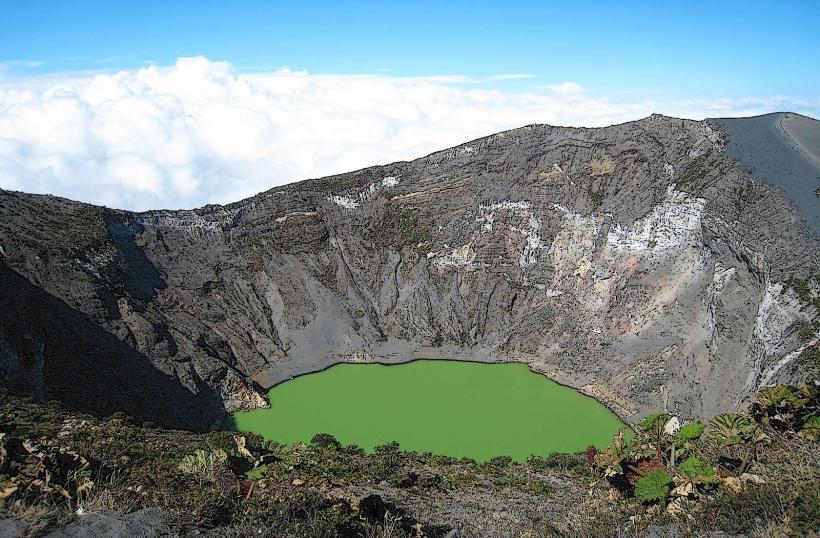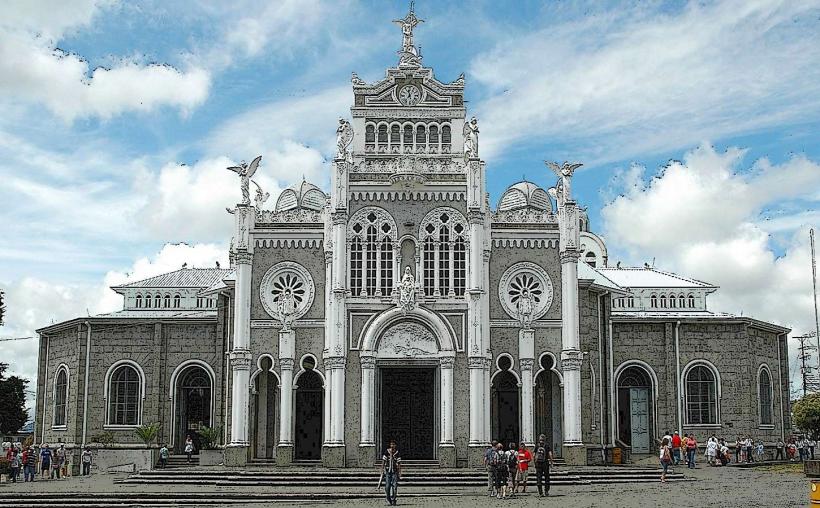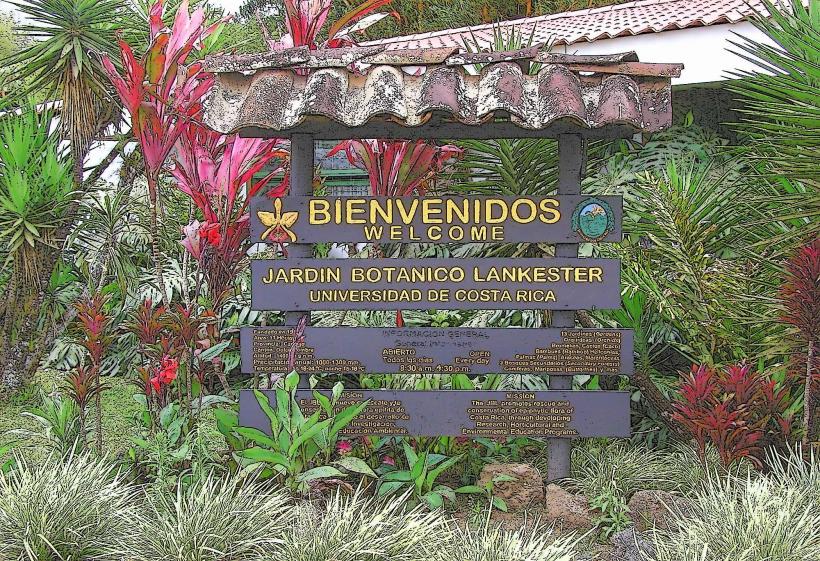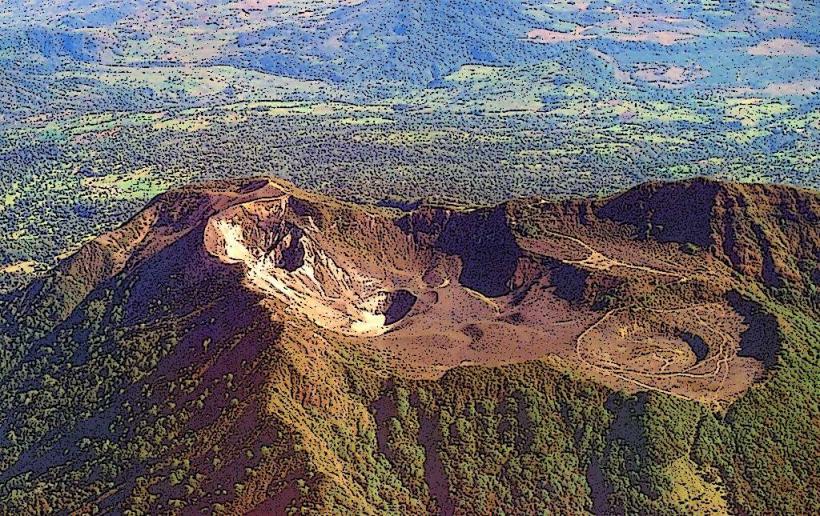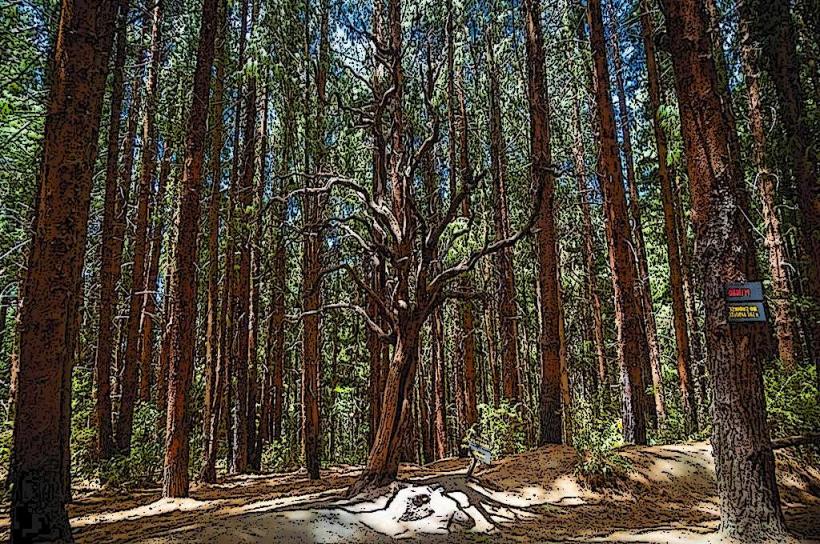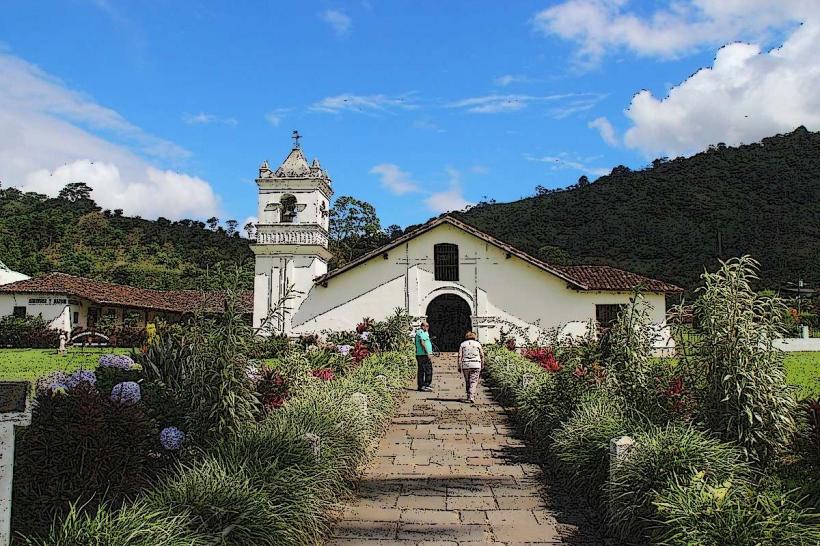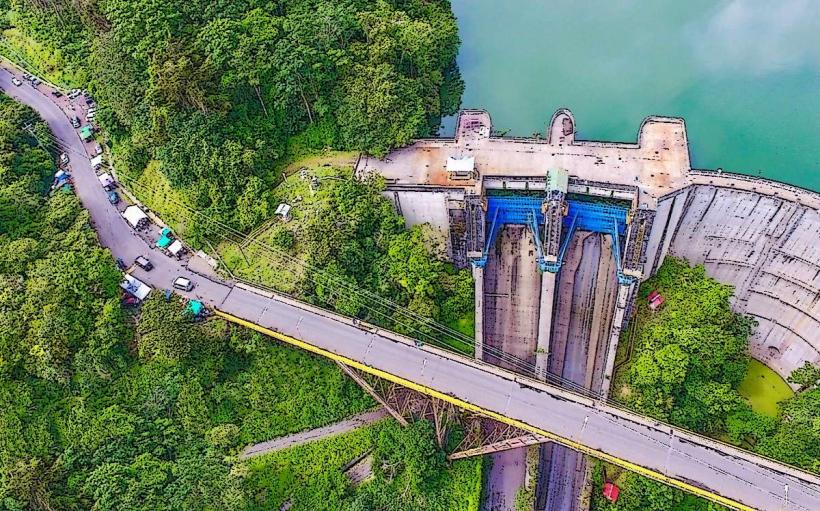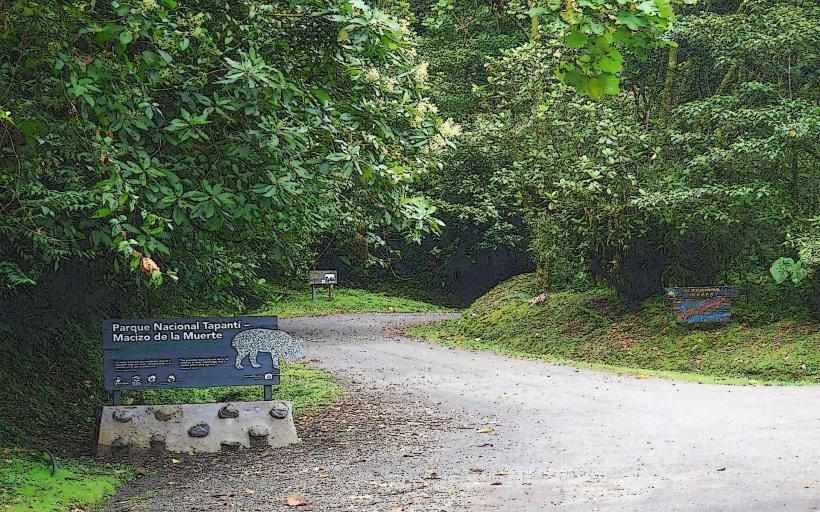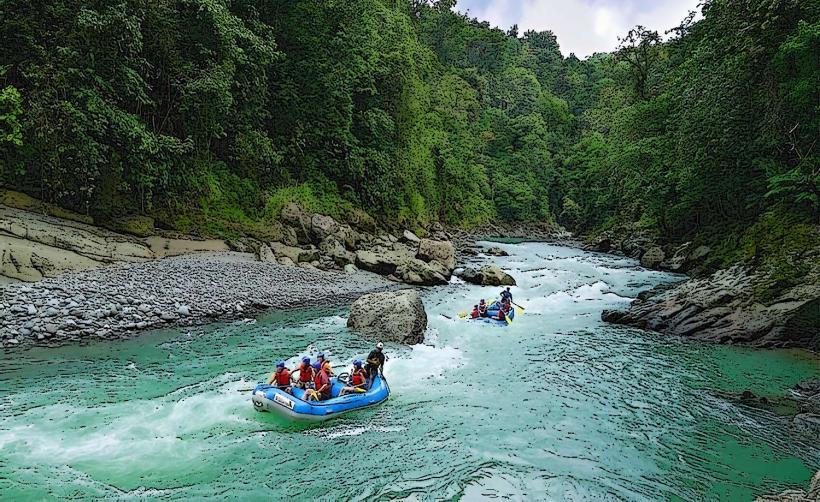Information
Landmark: Guayabo National MonumentCity: Cartago
Country: Costa Rica
Continent: North America
Guayabo National Monument (Monumento Nacional Guayabo) is an important archaeological site located in the Turrialba region of Costa Rica. It is one of the country’s most significant pre-Columbian archaeological sites, providing a glimpse into the ancient civilizations that once inhabited the area. The site is famous for its well-preserved ruins, which offer valuable insights into the life and culture of the Pre-Columbian peoples of Costa Rica, particularly the Térraba and Chorotega cultures.
Overview:
- Name: Guayabo National Monument (Monumento Nacional Guayabo)
- Location: Near Turrialba, Cartago Province, Costa Rica
- Established: 1973 as a national monument
- Area: Approximately 220 hectares (543 acres)
- Key Features: Ancient stone structures, aqueducts, petroglyphs, burial mounds
- Historical Significance: Pre-Columbian indigenous settlement and ceremonial center
History and Significance:
Guayabo is one of Costa Rica's most significant archaeological and cultural sites. The ruins date back to the Pre-Columbian era, primarily between 1000 BCE and 1400 CE. The site was inhabited by an ancient indigenous civilization, which is believed to have been part of the Térraba and Chorotega groups. The exact identity of the builders remains uncertain, but the site offers key evidence of the advanced engineering and societal organization of these ancient peoples.
- The monument was declared a national park in 1973, and efforts to preserve and protect the site have been ongoing since its discovery.
- Guayabo provides significant insights into the advanced construction techniques, urban planning, and cultural practices of the region's inhabitants, including their complex systems for water management, agriculture, and ceremonial practices.
Key Features:
1. Stone Structures and Paved Roads:
- The most prominent feature of Guayabo is its network of stone-paved roads, which are believed to have connected different parts of the ancient settlement. These roads, some of which are still visible today, demonstrate the advanced engineering skills of the pre-Columbian people.
- The stone structures at the site include ceremonial platforms, plazas, and an open-air temple. The site's architecture reflects the importance of religion and ritual in the life of the ancient inhabitants.
- The terraces and mounds are thought to have served as residential areas, agricultural zones, or ceremonial spaces.
2. Aqueducts and Water Management:
- One of the most remarkable features of Guayabo is its water management system, which includes aqueducts and drainage channels. The ancient inhabitants of the site had an advanced understanding of hydrology, and the aqueducts are still partially intact today.
- These systems suggest that the people of Guayabo were able to manage water resources effectively, an essential skill for survival in the region’s varying climate conditions.
3. Petroglyphs and Rock Art:
- The site contains numerous petroglyphs—carved symbols and images on stones that provide valuable insight into the spiritual and symbolic world of the ancient inhabitants. The petroglyphs depict animals, geometric patterns, and abstract designs, which may have been related to religious or cultural beliefs.
- The exact meaning of these symbols is still the subject of research, but they offer an intriguing glimpse into the beliefs and rituals of the civilization.
4. Burial Mounds:
- The burial mounds at Guayabo are an important feature of the site. These mounds contain the remains of individuals who were likely members of the elite or high-status groups in the society.
- Archaeological excavations have uncovered grave goods such as pottery, jewelry, and tools, which provide further evidence of the social structure and cultural practices of the people.
Visitor Experience:
1. Archaeological Site Tour:
- Visitors to Guayabo National Monument can explore the site on self-guided or guided tours. The trails are well-maintained, and informative signs explain the history and significance of the various structures.
- Some areas of the site, such as the ceremonial platforms and plazas, are accessible to the public, and visitors can walk along the ancient stone-paved roads.
- Guided tours are available for those interested in learning more about the history, cultural significance, and archaeological discoveries at Guayabo. These tours are often led by experts who provide in-depth explanations about the site’s past.
2. Museum:
- The site has a small museum where visitors can learn more about the history of Guayabo and the indigenous cultures that lived there. The museum features exhibits about the archaeology of the area, including artifacts such as pottery, tools, and other items recovered from the site.
- The museum also provides information on the ecological significance of the surrounding area, as Guayabo is located in a cloud forest ecosystem rich in biodiversity.
3. Hiking Trails and Nature:
- The monument is surrounded by lush rainforests and cloud forests, which are home to a wide variety of plants and wildlife. Visitors can explore the trails that lead through these habitats, offering the chance to observe local flora and fauna.
- The surrounding area is ideal for birdwatching, with species such as the resplendent quetzal and hummingbirds often spotted in the park.
- Nature walks also give visitors a chance to appreciate the beauty of the Turrialba Valley and surrounding mountainous landscapes.
Importance and Preservation:
- Guayabo National Monument is not only a vital cultural heritage site but also an important area for archaeological research. The monument continues to provide valuable insights into the lives of ancient civilizations in Costa Rica, helping to illuminate the region's pre-Columbian history.
- The preservation of Guayabo is crucial, as it provides an opportunity to study and understand the ancient technologies, societal structures, and ritual practices of the indigenous people who lived there long before the arrival of European settlers.
- Efforts to protect the site include research, excavation, and conservation activities to ensure that the ruins and artifacts remain intact for future generations to study and appreciate.
Visitor Information:
1. Hours:
- Guayabo National Monument is typically open every day, with hours from 8:00 AM to 4:00 PM. It's best to check for any specific closures or updates before visiting.
2. Admission:
- There is an entrance fee to visit the site, which helps with maintenance and preservation efforts. Fees are generally modest, with discounts for students, residents, and children.
3. Access:
- Guayabo National Monument is located approximately 20 kilometers from the town of Turrialba and can be easily accessed by car. The drive takes visitors through scenic landscapes, and the monument is well-signposted.
- The site is relatively accessible to people of various fitness levels, with paths and trails designed for easy walking. Some areas of the site may require mild hiking.
Why Visit?
Guayabo National Monument is an essential destination for anyone interested in Costa Rican history, archaeology, and indigenous cultures. The site offers a rare opportunity to walk through an ancient ceremonial center, witness the advanced engineering of Pre-Columbian people, and explore the ruins of a civilization that once thrived in the region. With its combination of archaeological significance, natural beauty, and educational value, Guayabo is a must-visit for those looking to deepen their understanding of Costa Rica's rich cultural and natural heritage.

